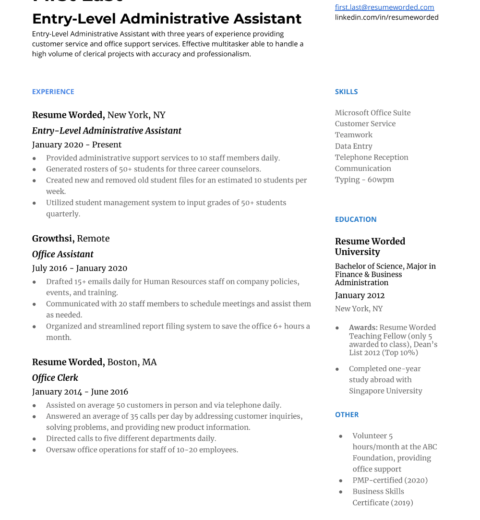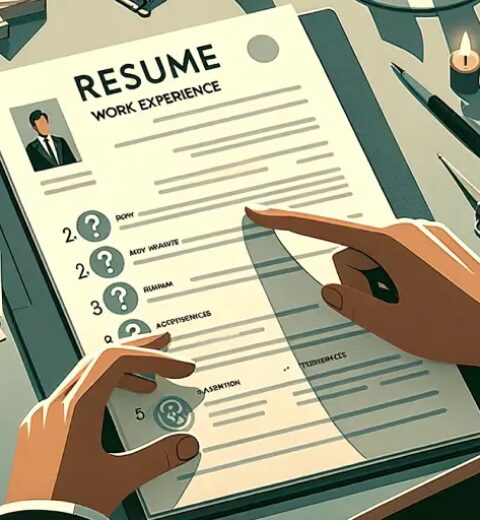In an era where professional networking has transcended traditional boundaries, LinkedIn has emerged as a preeminent platform for job seekers and career professionals alike. One impactful feature of LinkedIn is the ability to showcase your resume. While this may seem like a straightforward task, many individuals find themselves perplexed by the intricacies involved in properly adding a resume to their profiles. The ability to present oneself effectively on this platform could be the key to unlocking countless opportunities. Here’s a succinct guide on how to add your resume to LinkedIn in three easy steps.
Step 1: Prepare Your Resume
The first step is to ensure that your resume is meticulously crafted and ready for presentation. A polished resume serves as a reflection of your professional journey. Begin by reviewing the document; check for formatting errors, grammatical mistakes, and consistency in style. Utilize a clear, professional font and maintain an easily readable format. Additionally, consider tailoring your resume to emphasize experiences and skills pertinent to your desired roles within your industry. This customization not only highlights your suitability but also demonstrates diligence to any prospective employer.
Moreover, save your resume in a universally accepted file format. PDF is highly recommended, as it preserves the original formatting regardless of the device on which it is viewed. An impeccable resume is not merely a list of job experiences; it is a strategic document that encapsulates your career aspirations, accomplishments, and core competencies.
Step 2: Upload Your Resume to LinkedIn
With a polished resume in hand, the next step involves navigating the LinkedIn platform to upload your document. Start by logging into your LinkedIn account and directing yourself to your profile page. Located beneath your profile picture, you will find the “Add profile section” button. Click on it to unveil a plethora of options for enhancing your profile.
Scroll down to the “Recommended” section and find the option labeled “Add Featured.” Here, you will have the ability to add various types of content, including posts, articles, links, and documents. Click on the “+” icon, followed by selecting “Media.” A prompt will appear, allowing you to upload your resume file. After choosing your document, ensure that you provide a succinct title and description that concisely conveys the essence of your resume. This additional context can attract the attention of recruiters who may be browsing through your profile.
Confirm that the upload profile is complete, and ensure everything appears as intended. It is beneficial to view your profile from the perspective of others, allowing you to gauge how the document is displayed. A well-organized presentation can significantly improve the impression you make on potential employers.
Step 3: Optimize Visibility and Engagement
Additionally, consider leveraging LinkedIn’s recommendations feature. Request recommendations from colleagues, supervisors, or clients who can vouch for your expertise and skills. These testimonials lend credibility to your resume and create a compelling narrative around your professional identity. Having trusted endorsements can significantly bolster your chances of being noticed amidst a sea of candidates.
Furthermore, stay active on the platform. Regularly engaging with content relevant to your industry, sharing insights, and connecting with others can all foster a vibrant professional network. Each interaction increases the likelihood of your profile gaining traction. This not only enhances your visibility but also cultivates relationships that might lead to job opportunities down the line.
Common Observations and Deeper Insights
It is fascinating to observe the intricate interplay between technology and personal branding in the modern job market. While many individuals hastily upload their resumes to LinkedIn, those who take a moment to refine their documents and curate their profiles are often the ones who stand out. The act of adding a resume transcends the mere act of sharing a document; it involves crafting a narrative that communicates one’s professional journey. This deeper understanding underscores the significance of thoughtful presentation.
In a world where competition for coveted positions is fierce, simply existing on a platform is insufficient. Those who understand how to navigate the algorithm of engagement on LinkedIn are better positioned to influence potential employers. The strategic use of resume uploads and profile optimization can, in fact, serve as a catalyst for career advancement.
In conclusion, adding a resume to LinkedIn is a deceptively simple yet profoundly impactful task. By meticulously preparing your resume, uploading it correctly, and optimizing its visibility and engagement, you not only enhance your chances of being noticed but forge a compelling professional presence on a platform designed for networking and opportunity. In a landscape characterized by constant evolution, mastering these steps could very well be the difference between obscurity and opportunity.




